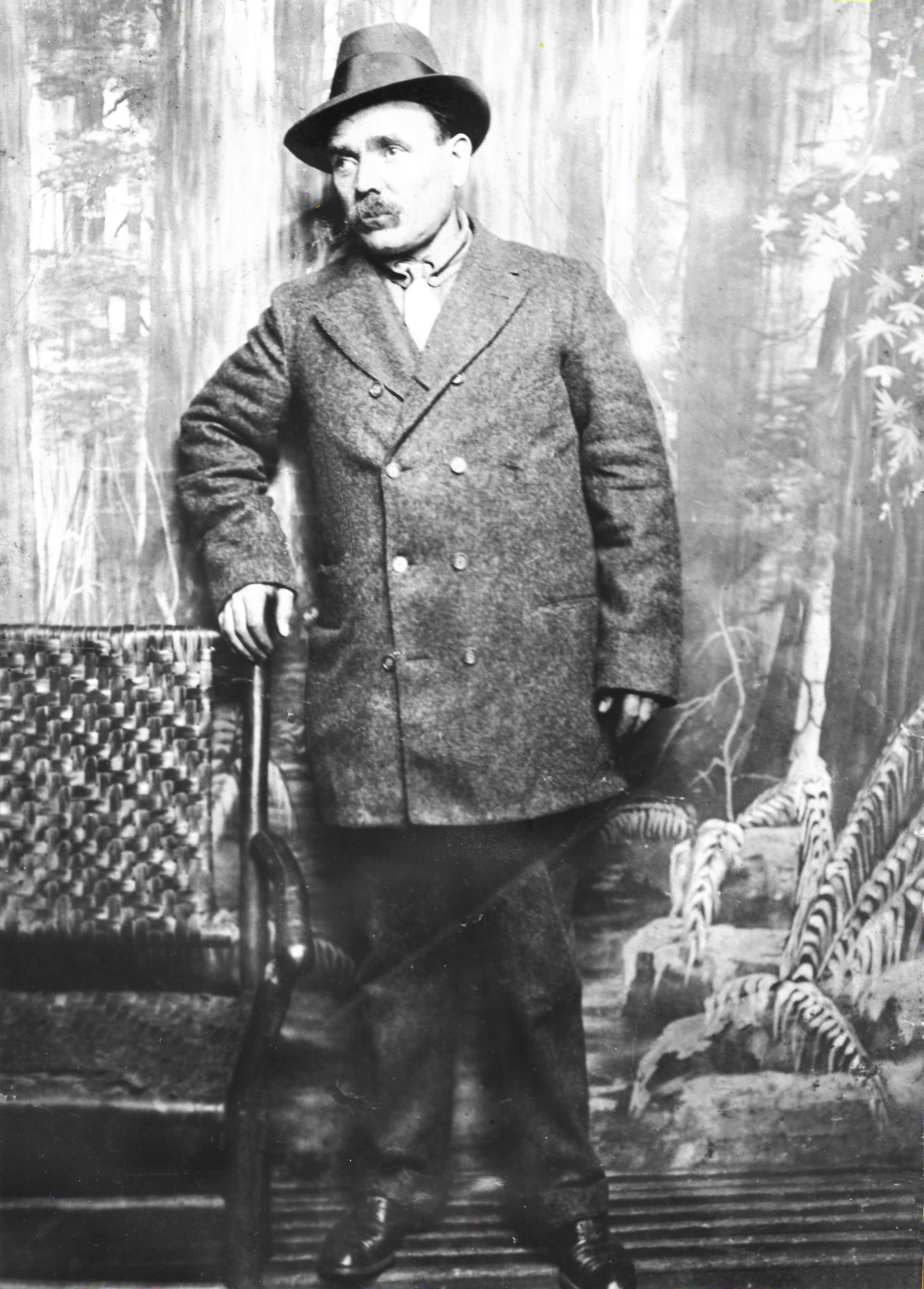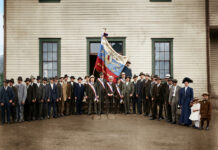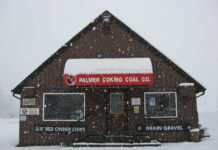With the increasing popularity of groceries delivered to your home, it’s worth knowing that this model of food distribution has a long and storied history. Stefino Vernarelli was born in the Province of Aquila, Italy in 1869 and came to America around age 32. He moved to Black Diamond in 1904, where he initially worked as a coal miner. Steve, as he was called, was a husky, strong son-of-a-gun, according to his son, Duda. At first, Vernarelli paid ground rent to Pacific Coast Coal Company for the seven acres he farmed on each side of bottom land, now known as Ginder Creek. It was a couple hundred feet west of and below the railroad depot. There Vernarelli kept a vegetable garden, growing onions, carrots, celery, tomatoes, and zucchini. His zucchini seeds were ordered from a supplier in Milan, Italy. The family sold their vegetables during spring, summer, and fall. During winter he’d buy produce from suppliers in Seattle, and had food shipped to Black Diamond in rail cars for local distribution.
With a horse and wagon, Steve peddled his foodstuffs from door-to-door, one day in Black Diamond, the next day covering the smaller mining towns of Cumberland, Bayne, Durham, Elk Coal, and Kangley. Ravensdale was reserved for yet another day. He would ring a bell to announce his arrival at each house. The umbrella Steve used on his wagon to shade his wares is now an artifact in the Black Diamond Museum. In 1920, Vernarelli became one of the first residents of Black Diamond to buy his rented land from the coal company. During the coal strike and lockout of 1921 times were tough. His son, Duda bought a truck and the father-son team survived as truck farmers until Steve retired in 1936. Steve Vernarelli died at age 88 in 1957, survived by three sons, Jim, Romeo, and Diodato, nicknamed Duda. He is buried in the Black Diamond cemetery.







